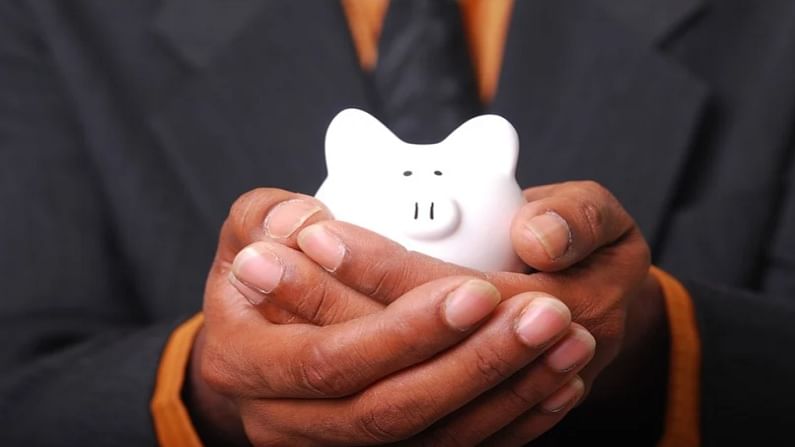Savings are up, even as balance sheets are stressed
To understand why savings are up, let us begin with the precautionary motive for savings. When there is visible income stress & heightened uncertainty regarding the future, people cut back on their spending and increase their savings.
- Karan Bhasin
- Last Updated : May 15, 2021, 13:22 IST

The pandemic has resulted in various conventional macroeconomic principles being put to test as policymakers around the world attempt to push the limits of support that they can provide to their economies.
Even as policymakers went out of the way to support economic activity, there was a puzzling trend that emerged with stock markets recovering and attaining new highs even as the pandemic-induced crisis was far from over. There were nominal wage cuts and layoffs as firms decided to cut fixed costs, yet, savings have increased across the world. These savings eventually found their way into other forms of asset classes, thereby fuelling speculation. Moreover, the record-high levels of money being created – and most markets in surplus liquidity, asset prices were bound to pick up.
The key question that many have, pertains to an increase in savings even as there is income stress. This trend appears to be true not just for India but also for most economies – and it has puzzled many commentators for some reason. However, this trend is not as counter-intuitive as many people think.
Why are savings up?
To understand why savings are up, let us begin with the precautionary motive for savings. When there is visible income stress & heightened uncertainty regarding the future, people cut back on their spending and increase their savings. Consider the environment in which most people were over the last 12 months or so, where nominal wages were being cut and at the same time people were losing their jobs. The fear of being out of work for months meant the need to have adequate savings. Thus, it is perfectly normal for people to increase their savings rates in a reaction to the given set of circumstances.
Moreover, the crisis that was induced by a pandemic also played its role in people pushing up their savings. It is well known that medical costs in India are high in the private sector (compared to our current level of per-capita income). Thus, a health emergency would also result in many people shoring up their savings & reserves in the event of any unforeseen medical emergency. Many people took to health and life insurance during the pandemic precisely because of this reason.
Additionally, lockdowns too played a major part in driving up savings. At its core, lockdowns are a restriction in the level of economic activity in a particular region. Thus, during the lockdown, people were not allowed to purchase close to 65% of goods and services. This further reduced consumption and shored up savings.
Factors
A confluence of these factors is responsible for pushing up our savings rates – and the second wave has further made people cautious about their existing buffers given the extent of uncertainty regarding the coming few months. Incidentally, even after the Spanish Flu, there was an increase in savings rate that was observed across academic and economic history literature and thus the present increase is not an anomaly.
That some of these savings are being channeled to stock markets, cryptocurrencies, or other asset classes was bound to happen given that the rate of interest on conventional savings instruments has fallen over the last couple of months. The end outcome of speculation is difficult to predict given that there are multiple factors such as increased money creation, the possibility of persistently low rates, etc which will determine asset valuations over the coming years.
The key concern is regarding the revival of private consumption post the pandemic – and that will perhaps only happen once the pandemic is over. Till then we can expect people to be cautious and increase their savings – even if it comes at the expense of their discretionary consumption.
(The writer is an economist and policy-researcher. Views expressed are personal)
Download Money9 App for the latest updates on Personal Finance.
Related
- ‘ऑपरेशन सिंदूर’ में मारे गए 100 आतंकवादी, राजनाथ सिंह ने किया खुलासा
- Building a portfolio with Debt Mutual Fund
- 30 years of reforms: Looking back at a watershed moment
- Regulatory changes required for making SPACs a successful regime
- Term plan: Beware of these traps
- Insurance Awareness Day: Are you protected from these risks?

